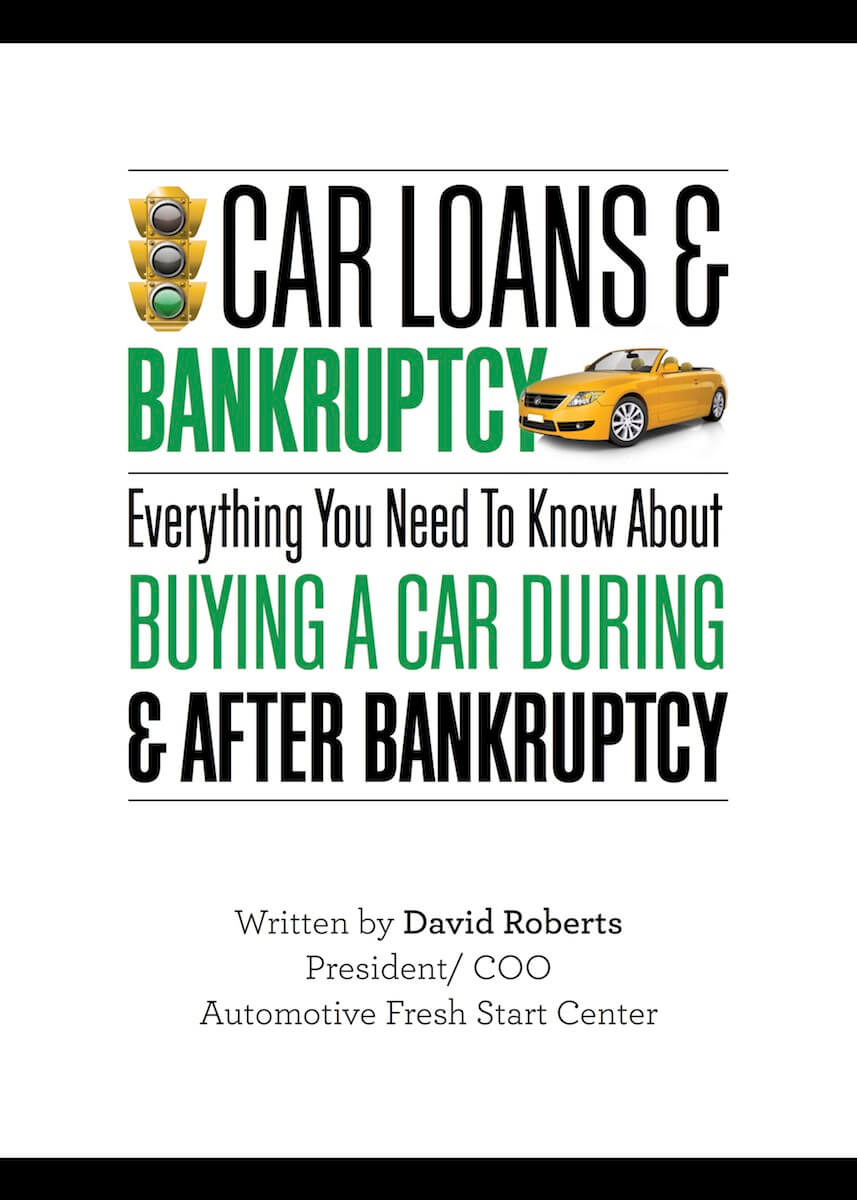CAN ONE BAD DECISION LEAD TO FILING BANKRUPTCY?
Lately, our office has noticed a new trend: Bankruptcy filings for people with only one bad debt. How is this possible? Doesn’t the normal bankruptcy filing result from years of financial problems finally becoming too large to deal with any longer? Not necessarily.
With the financial crisis over the past five years many people significantly reduced their debt burden each month. Cars were paid off and not replaced every 2-3 years, houses were repaired instead of sold and replaced with larger more expensive versions and even credit cards were paid off and kept at a $0.00 balance each month. The overriding issue for people became to keep what they had and not to constantly upgrade and incur new debt.
The financial downturn also lead to a decrease in collection activity. As weird as it sounds, the fact that finances were so dire meant that judgments and collection activity became worthless if there was no ability to pay on the part of the Debtor. Now that the financial markets appear to have recovered somewhat, collection activity is starting to pick up again.
So what about the one mistake that people can make which can lead to bankruptcy? With the accumulation of “paid for” assets such as bank accounts, cars, non-homestead property, equipment or inventory, people and/or companies become vulnerable to a judgment creditor attempting to collect on a new or old judgment. We’ve seen several instances recently of exactly this type of situation, where paying down property has led to the need to file a bankruptcy. Not necessarily to deal with the debt itself, but to protect the paid off property that is subject to a judgment. Even one judgment is usually enough to cause tremendous financial pain to people or companies since the amount of the judgment is more than can be paid off immediately.
Chapter 13 and Chapter 11 bankruptcies offer the opportunity to preserve assets that have been paid off, while offering the ability to work out a partial or complete repayment plan to the judgment creditor. The amount of repayment in any plan is based upon the value of the paid for assets (non-exempt only) and the left over income each month after living expenses have been paid.
CONCLUSION
Asset protection is a valid reason for seeking bankruptcy protection. Don’t let one mistake ruin years of financial good behavior. Learn how to keep your assets and manage your financial issues by contacting our office.
At Mickler & Mickler, we attend Court on a regular basis. We have the experience and knowledge to ensure that you receive the correct advice when confronted with difficult financial decisions related to filing bankruptcy. Contact us at 904.725.0822 or bkmickler@planlaw.com.
